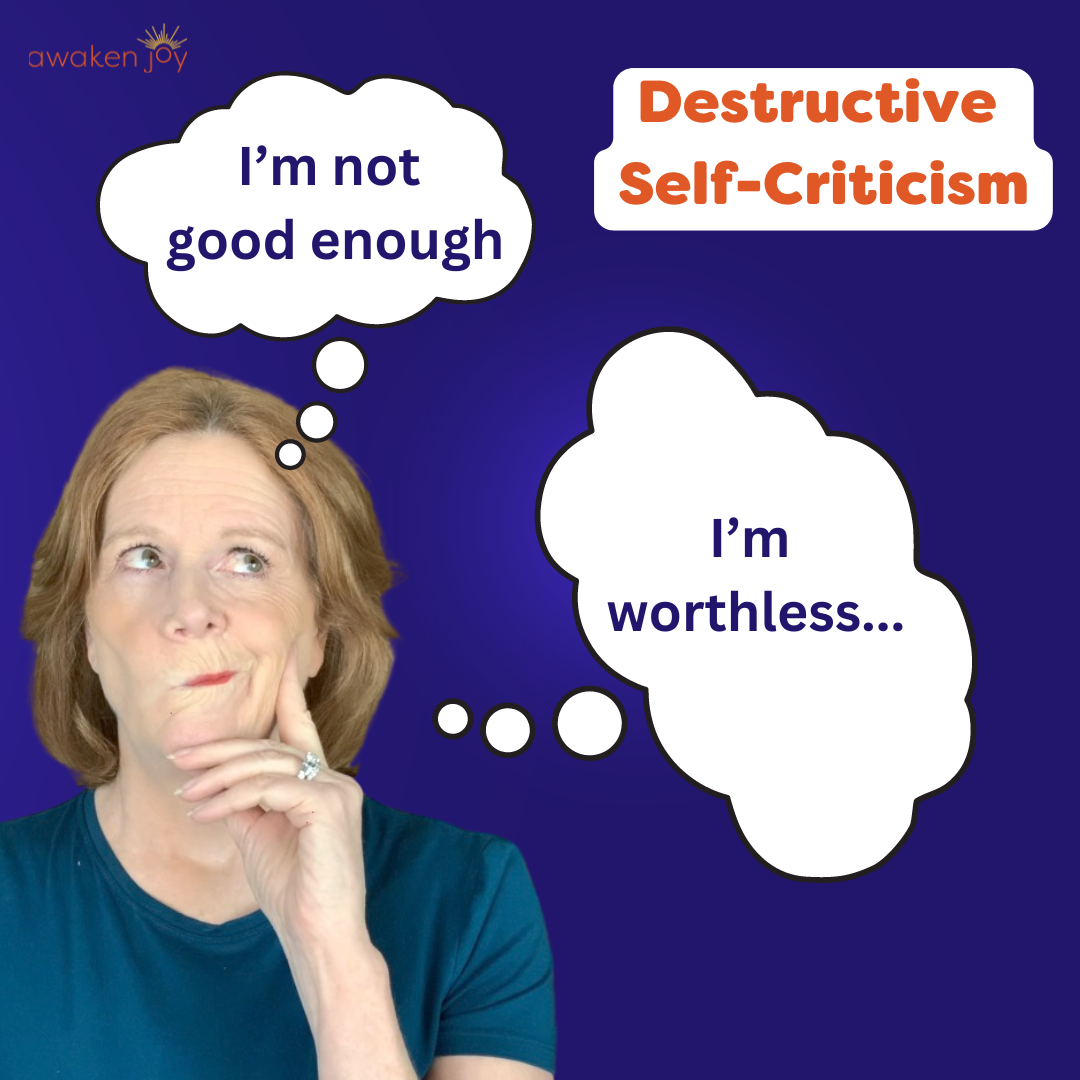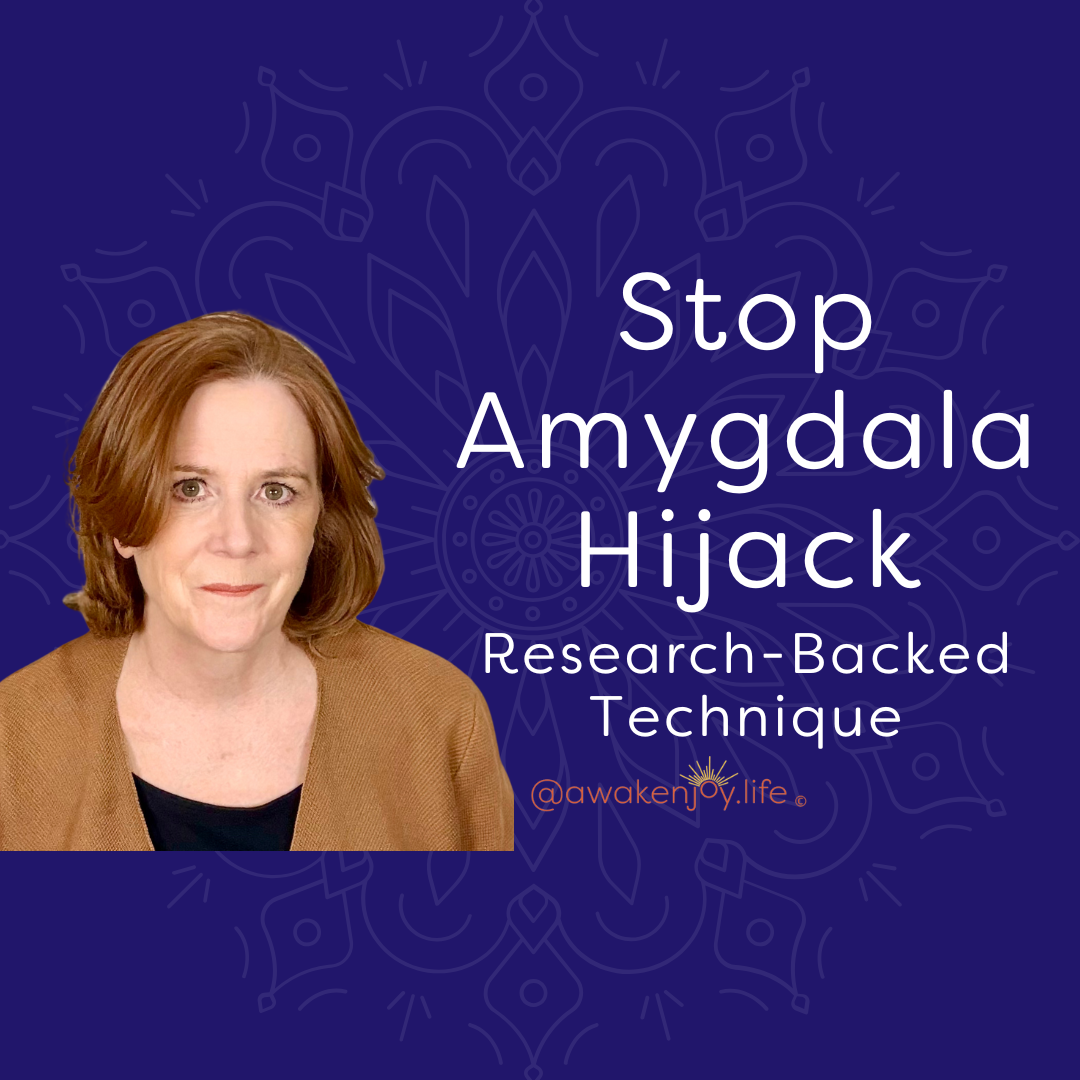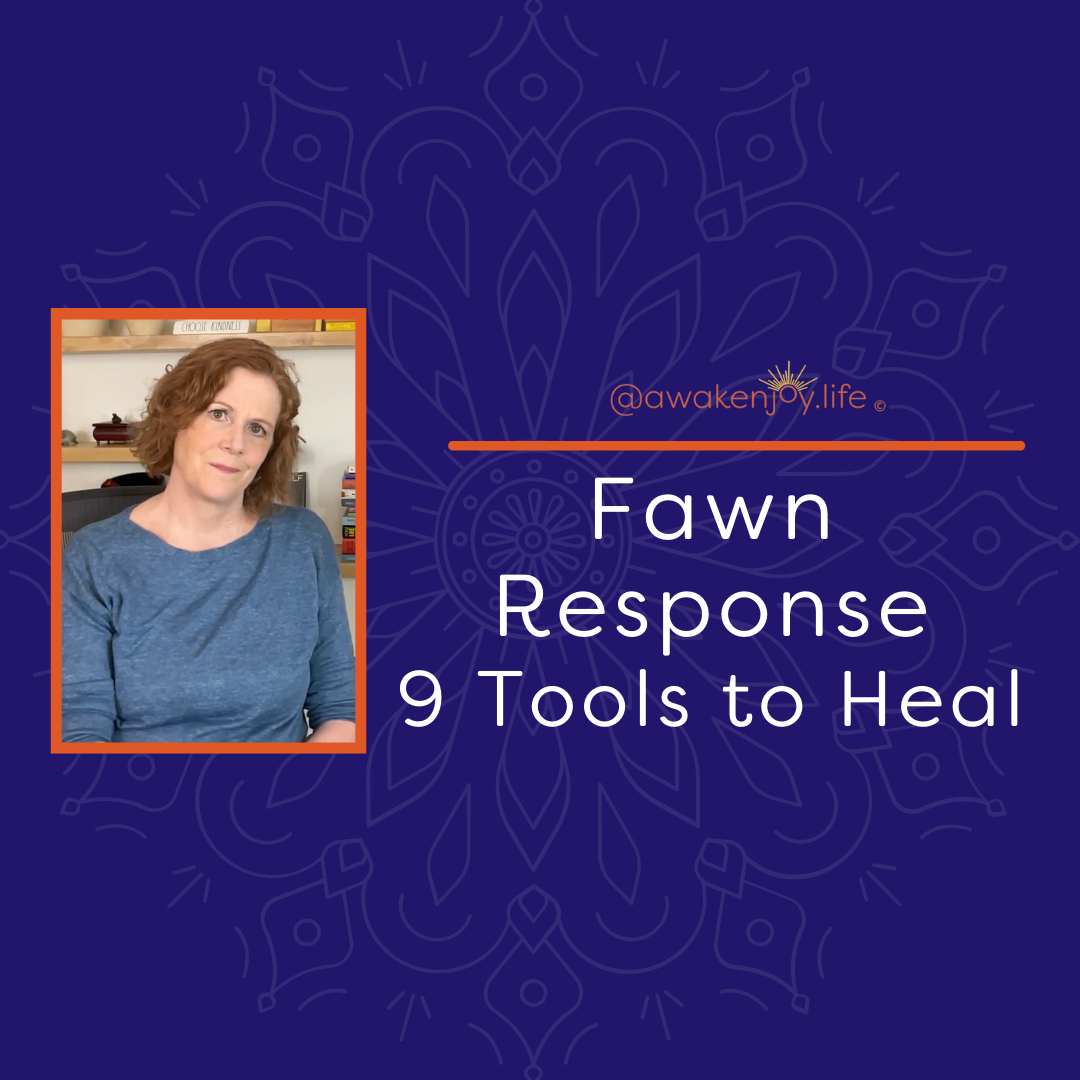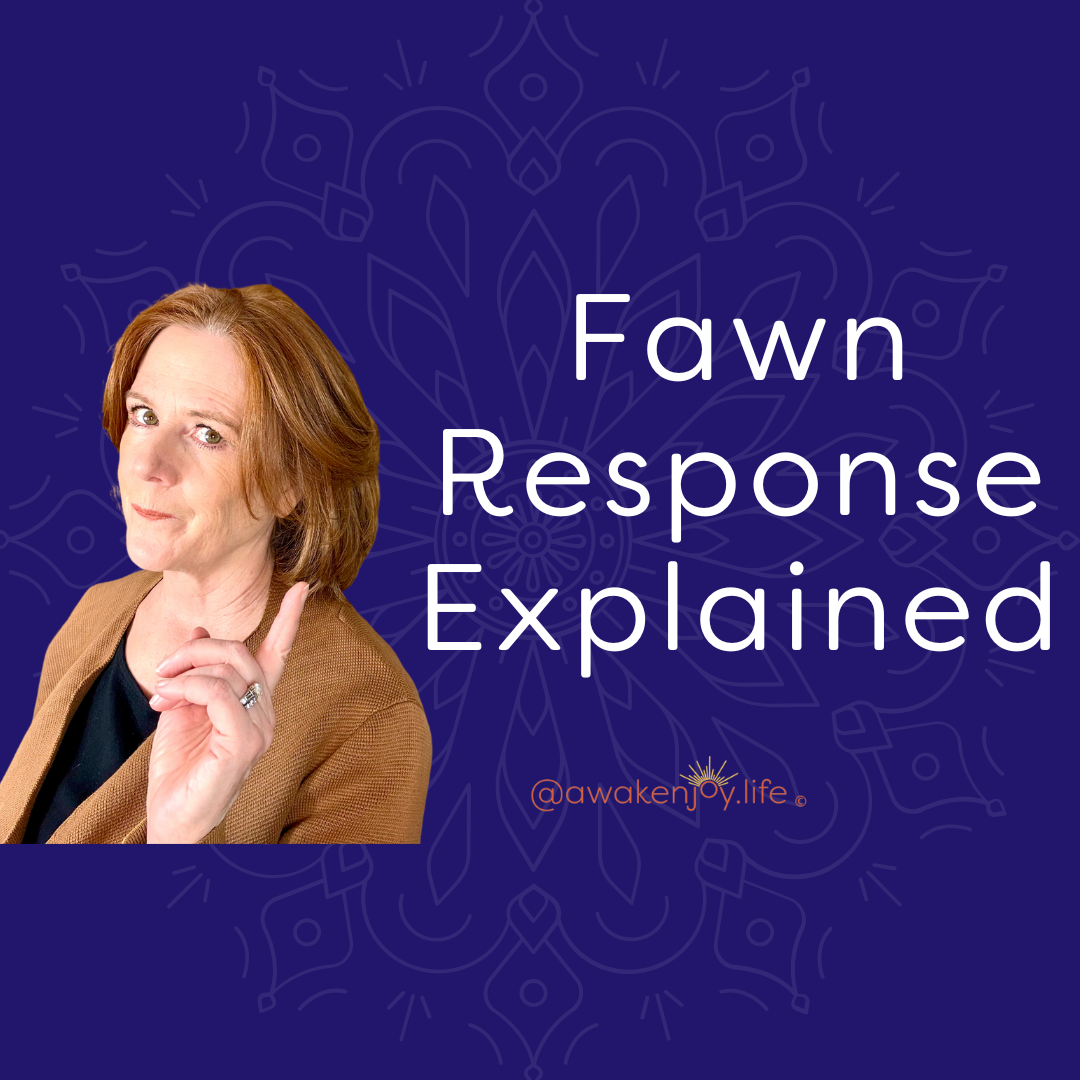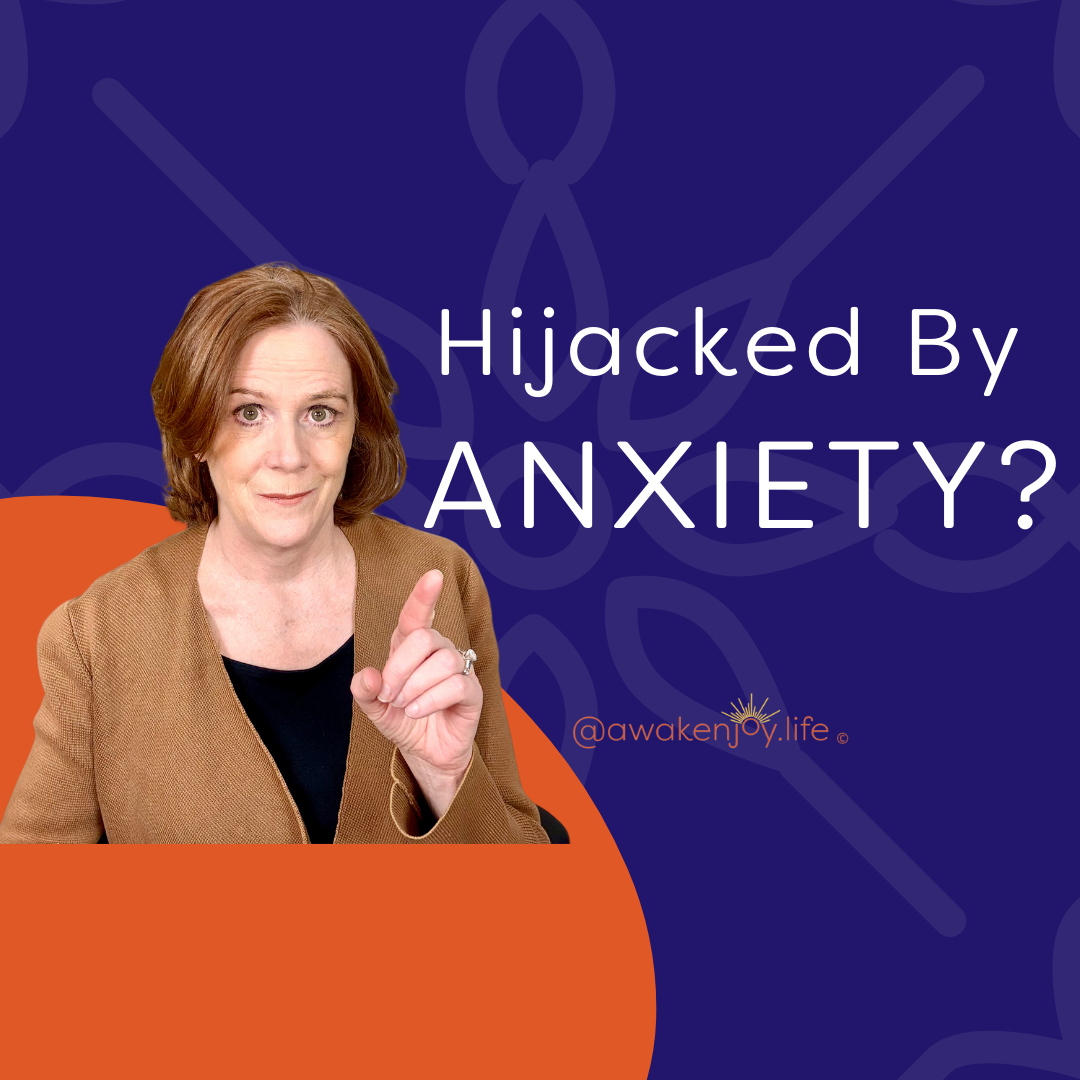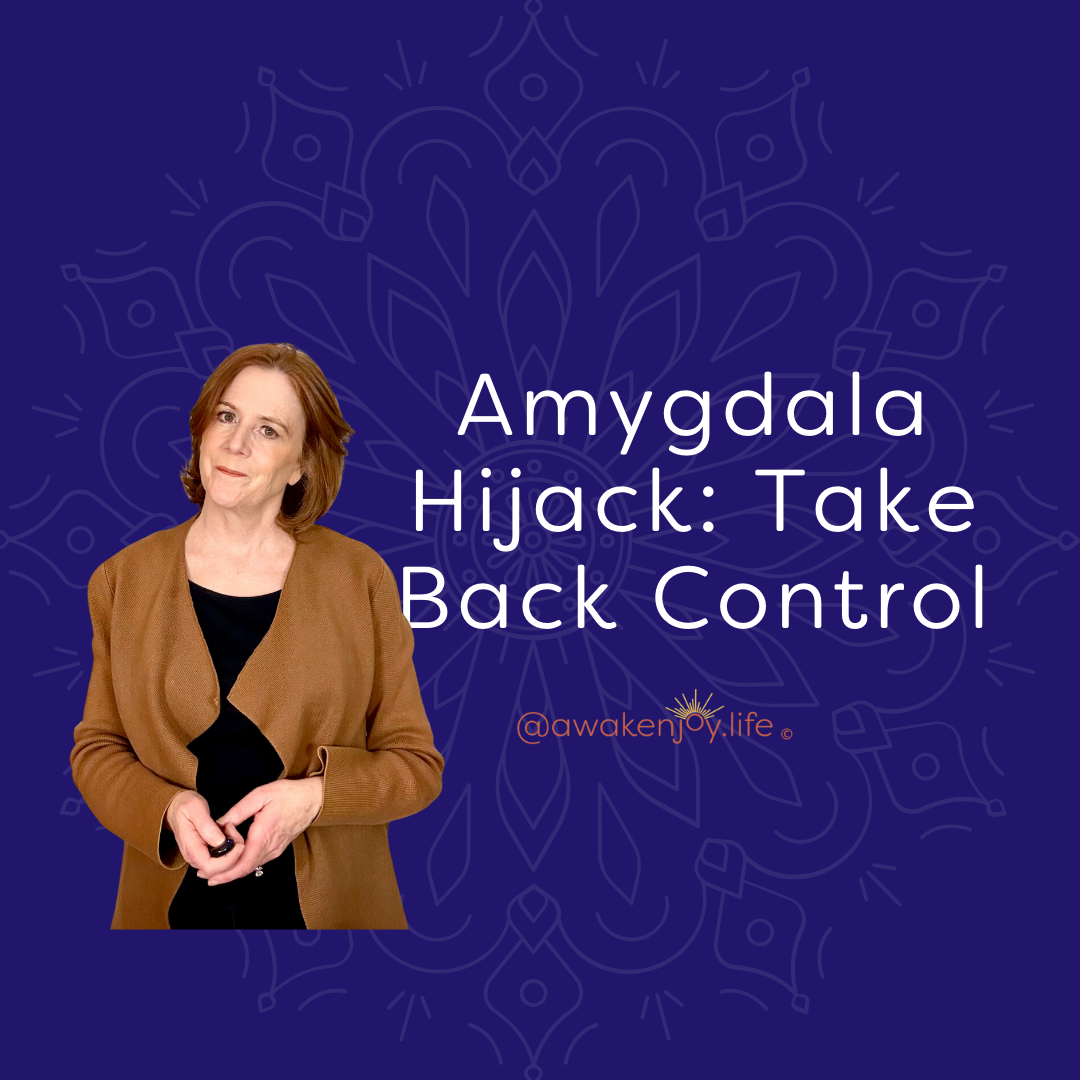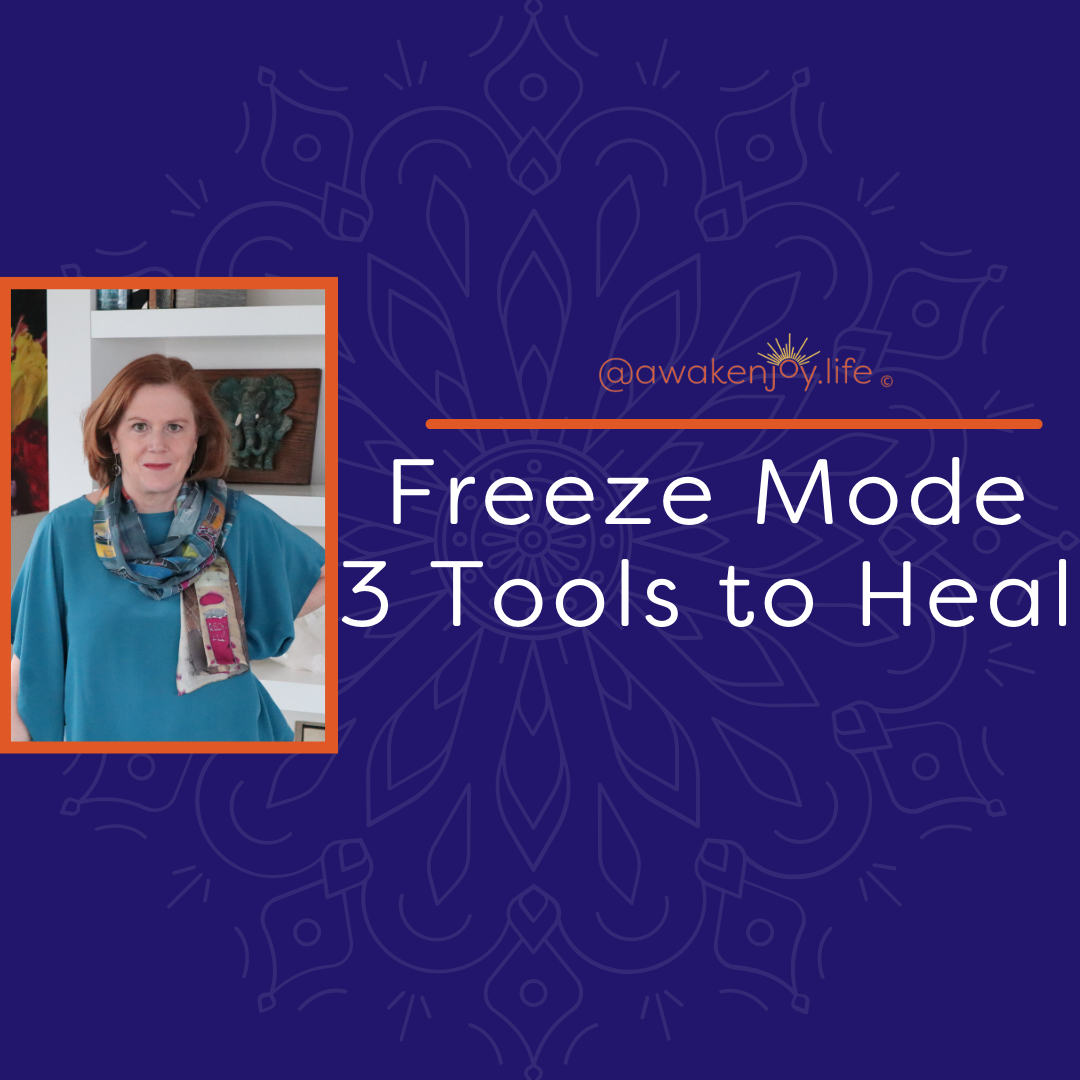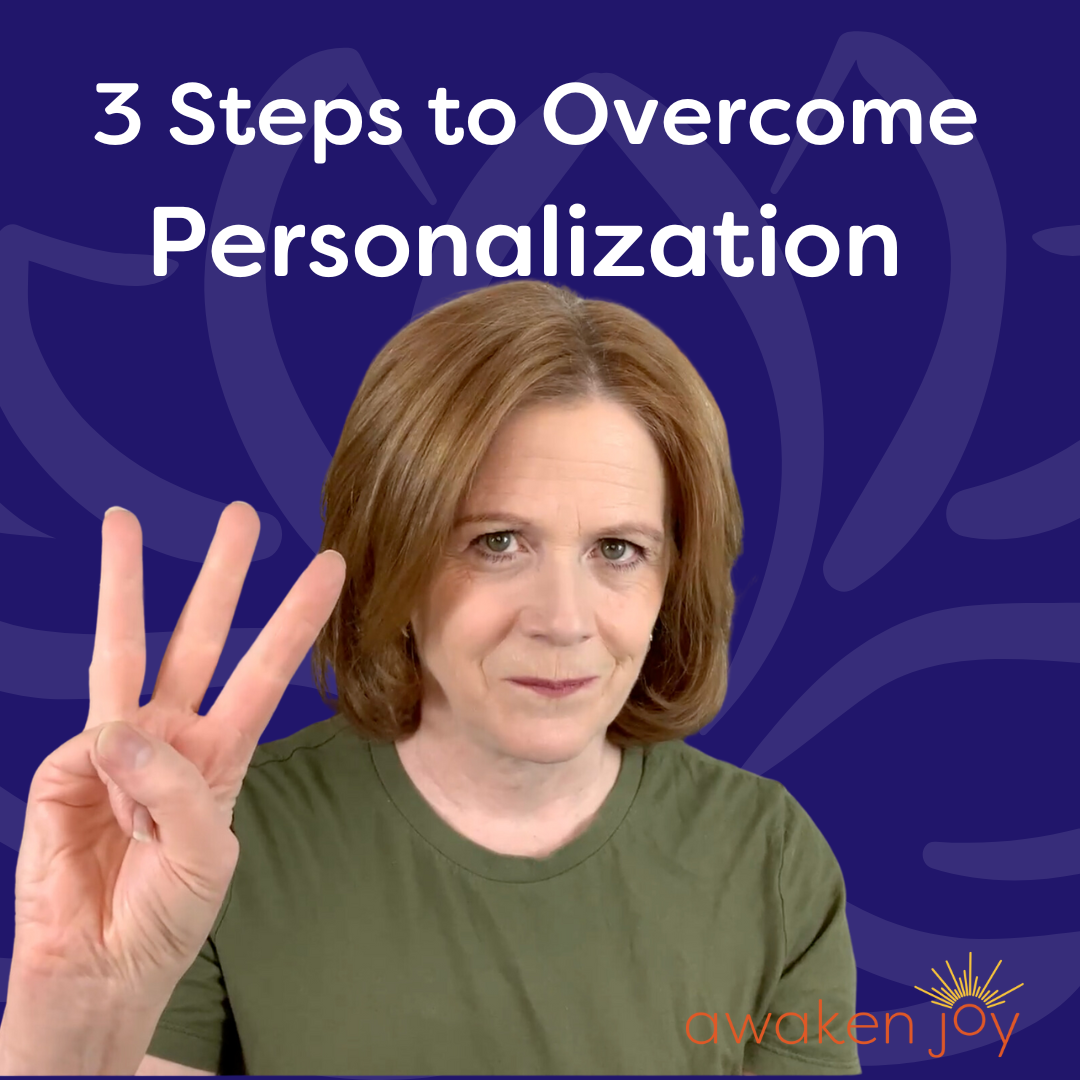Step #1
Analyze HOW your inner critic speaks to you.
By analyzing what words and methods the inner critic uses, you can recognize the destructive elements.
if you're looking for ways to stop your self-criticism, my guess is that your inner critic primarily use the elements of destructive criticism.
If your inner critic actually gives you a critique, which would be an analysis of what went right, what went wrong, what you might try next time, where you might want to put in a little more effort, well then, that is great That is the voice we want to develop.
I recently did a series of videos on destructive versus constructive criticism, which you can access here, or a recent
blog, which you can access here.
Destructive criticism, whether it's internal or external, uses a lot of “you” statements and labeling. “You are a slob.” ”You are worthless.”
“You don't know how to do this
at all.” “You fail at
everything.”
This is actually condemnation. It's certainly not a critique, it's not an analysis of the problem. So when your inner critic jumps in with something destructive like “You are a slob!”, ask it, “Can you rephrase that? I'm hearing that you are feeling like you're a slob. So I know you're upset that I just spilled the entire pot of chili on myself, and you want me to be more careful next time, right?”
Constructive criticism is specific and actionable. There is a shared agenda between the criticizer and the one being criticized. Constructive criticism does not use broad language which condemns the person’s entire being, personality or morals.
I know this won’t be easy, but bringing these concepts to mind will help you make progress, slowly but surely.
Step #2
Recognize that your self-criticism is made up of automatic thoughts.
The situations might vary, so some of the content might vary. But the basis of the self-criticism is automatic. The same patterns, the same “themes.”
We all have automatic thoughts. We have a gazillion thoughts a day, and I'd say most of them are automatic. They just happen.
We don't have to take them all seriously.
Automatic thoughts are usually repetitive, and they feel like they're true, but that doesn't mean they're true.
Begin to look AT your thoughts. Separate from them a bit and look at them. This helps to develop space, so YOU are separate from your THOUGHTS. You don’t have to be totally IN the thought.
When your inner critic jumps in with some destructive criticism, you can say “that's an automatic thought” and label it.
Labeling the thought creates even more distance between you and your thoughts.
Step #3
Recognize where this inner voice came from.
For most people, the self-criticism and the inner critic come from an internalized voice of a parental figure or someone very important in your life when you were a child. Now, many, many people can recognize right away, “Oh yeah, that's the way my dad used to talk to me.”
As most of you know, I was a psychotherapist for 20 years helping people with these issues of automatic thoughts, anxiety, self-criticism.
Most clients could identify the parental figure who spoke to them in the way they now speak to themselves.
But some clients didn't recognize that voice. They would say, “No, nobody ever talked to me that way… but I know that my mother felt that way…” Or, “Well, that's how my father talked to himself.”
Sometimes children absorb these patterns by osmosis. Since children identify closely with a parent, they can take on the parents' patterns, even if the parent explicitly warns them not to.
I've also seen this voice develop from school bullying. People who were bullied in school often develop an internalized voice which repeats what the bullies would say.
A child's identity develops because of the people around them and the way that they are responded to. Early in life, the primary caregivers have the most influence, and then the school environment becomes an influence beginning with grade school.
Unfortunately, if we have a parent who was damaged very young themselves, and they treat us as if we are damaged, we develop a self-concept that we are damaged. But, in fact, we were being treated as if we were damaged because the other person was damaged. Not because we were damaged.
But very young children believe their parents. And if the parent is abusive, the child internalizes that. And even if you hit an age where you know the abuse wasn’t your fault and wasn’t because of your failing, your “old brain” retains the old information.
However, a good first step is to begin to see your internalized voice differently, knowing where it came from.
A word of caution: If you can identify where the voice came from, remember that it is still
your internalized voice, separate from the person it came from.
Let me clarify this. I've had clients who've said, “Well, that's my mom's voice. It's never going to go away.”
So, no, it's actually not your mom's voice. It's
your internalized version of your mom's voice.
So it is separate from their voice, and it is yours, and you can change it.
Step #4
Recognize the main purpose of this voice: it is actually trying to protect you. Now, I know that probably sounds totally nuts, but if you really think it through, that voice developed to try to protect you, to keep you connected to your caregivers or to other people.
Let me give you an example. Let's say you were bullied as a kid. Let's say you were a boy and one day, second grade, you began to cry about something and the other kids just jumped in with, “You’re a cry baby! Cry baby! Cry baby!”
That whole year you were called “cry baby.”
Well, you're going to develop an internalized voice that says, “Don't cry, don't cry.”
And every time you feel like crying, your internalized voice is going to say to you, “You're a cry baby! Stop crying. You're weak. You're useless.”
The internalized voice goes on a rant. Why? Because it doesn't want that to happen to you again. It doesn't want you to cry because it doesn't want other people to pick on you. It wants you to be able to be comfortable in the classroom around other kids.
This might be a simplified example, but I think it illustrates clearly the “protective” nature of the voice. With a little bit of investigation, you'll be able to figure out what your internalized voice was trying to protect you from.
In its own way, it is still trying to protect you now. However, you no longer need this protection, and the voice is maintaining the abusive and torturing you.
Another example: Let’s say you had a mom who would withdraw to her bedroom anytime you were “difficult.” She would call you selfish whenever she wanted to retreat. Then she'd go into her bedroom, slam the door, and leave you alone for hours.
Well, your internalized voice is going to begin telling yourself that you're selfish. “Don't be selfish. That was selfish. You're a horrible, selfish person.” It will do this for two reasons. One, it believes the parent. Two, it doesn't want to be abandoned. It believes that if it can keep you from being selfish, mom won’t run into the bedroom.
Let me know if this makes sense to you. You can put a comment below.
Step #5
Develop self-compassion.
Develop self-compassion both for this inner critic, this part of yourself that was trying to protect you, and for the parts of yourself that you feel aren't worthy.
This definitely takes time. But just opening to the concept that it IS possible to develop self-compassion is important.
And then try to bring a little more self-compassion into the voice with which you speak to yourself.
Step #6
Develop a positive inner coach.
Over time, helping this “protector” voice develop into an inner positive coach or an inner positive parent is important.
If you were lucky enough to have a parental figure who was encouraging and helpful, bring that person’s voice to mind. It could have been a grandparent, a teacher, an uncle or aunt, or even a sports coach. It does not have to be your primary caregiver.
If you were not so lucky, you can choose a fictional character from a movie or novel, or bring in the voice of a kind, caring therapist. You can try to channel this voice.
(Very often people do internalize the compassionate, kind voice of their therapist. I would have clients tell me that my voice would pop up when they were in a difficult situation and they would bring in what I would say).
When your inner critic is destructive and nasty, you can think through how the positive person would have phrased that. The inner critic may argue with you about this voice, and that is ok. You don’t need to convince your inner critic right away. But balancing that voice with a positive, helpful voice is important.
But this takes work. Practice.
I'm actually about to launch a live program (for the first time in almost two years!) that will help you transform your negative core beliefs.
Negative core beliefs, developed in childhood, are the ones the inner critic uses. They are the ones we torture ourselves with.
I have a
free PDF “Transform your Negative Core Beliefs.” If you download it, you'll be on my mailing list and you'll be the first to be notified when I launch this new program.
Most importantly, know you CAN transform this inner critic. You can help shift this inner critic to an encouraging, kind, helpful coach or parent. A voice that will sustain you and support you rather than drag you down.


